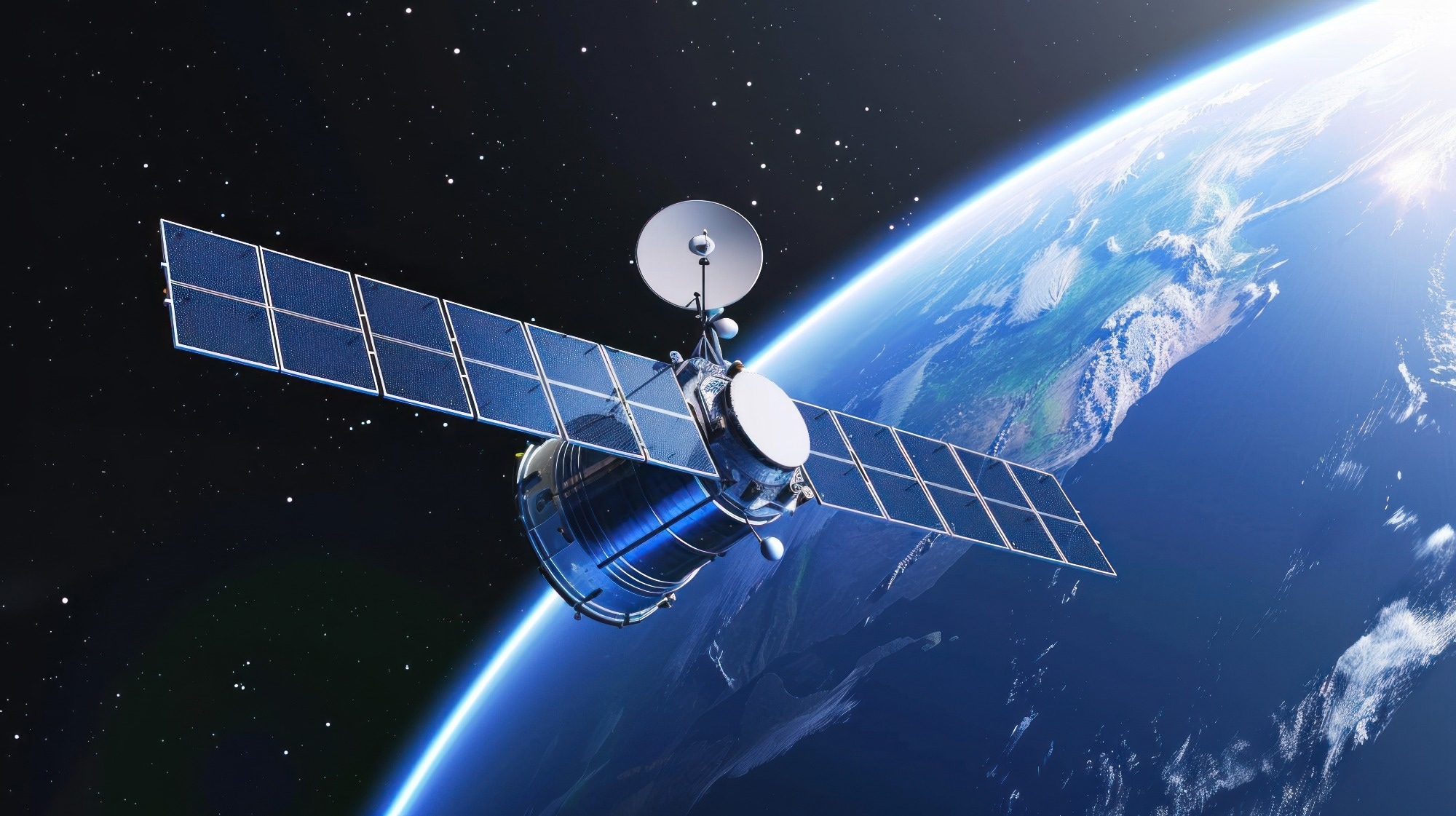
Image Credit: Rini. com/Shutterstock.com
Researchers have introduced a joint pseudo-range and Doppler positioning technique that leverages signals from commercial constellations like Starlink and Iridium NEXT - without relying on traditional navigation signal structures. Using low-cost, wide-beam antennas and a custom-designed time–frequency inversion algorithm, the team achieved impressive accuracy: 3.6 meters in 2D and 6.2 meters in 3D. That’s a 35 % improvement over Starlink positioning systems that use more complex parabolic antennas.
Standard Global Navigation Satellite Systems (GNSS), like GPS, often fall short in challenging environments - urban canyons or heavily wooded areas - where signals are blocked or reflected, degrading accuracy.
To work around these limitations, researchers have begun tapping into ambient radio emissions, or Signals of Opportunity (SOPs), from sources not originally designed for navigation. LEO satellite constellations, especially Starlink with its dense, global coverage, are a prime target. But tapping into these signals comes with challenges: unknown signal transmission times, low signal strength, and limited orbital precision can make accurate positioning tough. To address this, a fresh approach is needed.
That’s where this new method comes in. Scientists from the Aerospace Information Research Institute have outlined a technique that combines pseudo-range and Doppler measurements using wide-beam antennas. At the heart of the system is a time–frequency inversion algorithm that reconstructs critical signal characteristics. They also introduced a new accuracy metric, Equivalent Position Dilution of Precision (EPDOP), to better evaluate positioning quality when using diverse signal types.
To keep costs down and avoid the complexity of traditional satellite-tracking gear, the team used Low-Noise Block (LNB) wide-beam antennas that can simultaneously receive signals from multiple Starlink satellites. Their key innovation lies in the algorithm’s ability to estimate transmission time and frequency from received code phase and Doppler shifts - allowing for accurate positioning without real-time satellite clock data or ephemeris. The EPDOP metric helps quantify system performance even when faced with real-world signal errors and measurement noise.
Field tests combining Starlink Doppler data and Iridium NEXT pseudo-range signals showed strong results, particularly over longer distances. The method delivered 3.6-meter 2D and 6.2-meter 3D accuracy using Starlink, and still maintained 24-meter (2D) and 41-meter (3D) accuracy with Iridium NEXT signals across a 40 km baseline. Compared to existing Doppler-only techniques, this approach reduced error by more than a third and mitigated the effects of orbital inaccuracies in public Two-Line Element (TLE) datasets.
This work marks a key step toward accessible, accurate navigation using commercial satellite constellations. By integrating Doppler and pseudo-range measurements and introducing a flexible precision metric, we can now harness Starlink and Iridium NEXT signals for high-precision positioning, even without access to proprietary signal structures. The proposed low-cost architecture opens new possibilities for resilient navigation in GPS-denied environments.
Dr. Ying Xu, Study Lead Author, Aerospace Information Research Institute, Chinese Academy of Sciences
Because it can operate using low-cost antennas and non-standard signals, this technique has broad potential. It can be used to support autonomous vehicles, drone navigation in remote areas, emergency response, and IoT asset tracking. Its tolerance for orbital prediction errors and flexibility across different LEO constellations make it a compelling option for next-generation navigation, especially in environments where GPS signals are degraded or unavailable.
Journal Reference:
Xu, Y., et al. (2025) Joint pseudo-range and Doppler positioning method with LEO Satellites‘ signals of opportunity. Satellite Navigation. doi.org/10.1186/s43020-025-00163-y